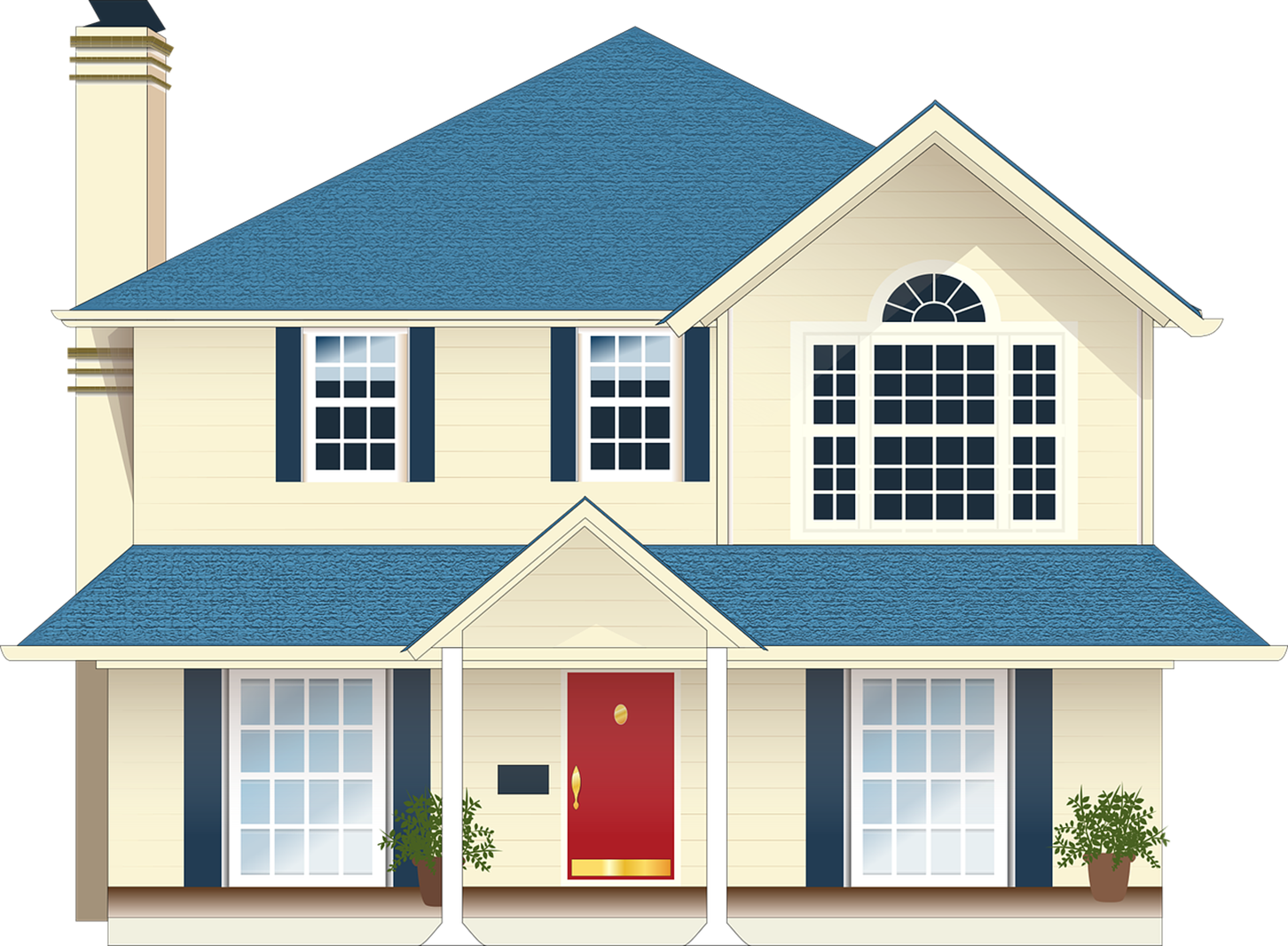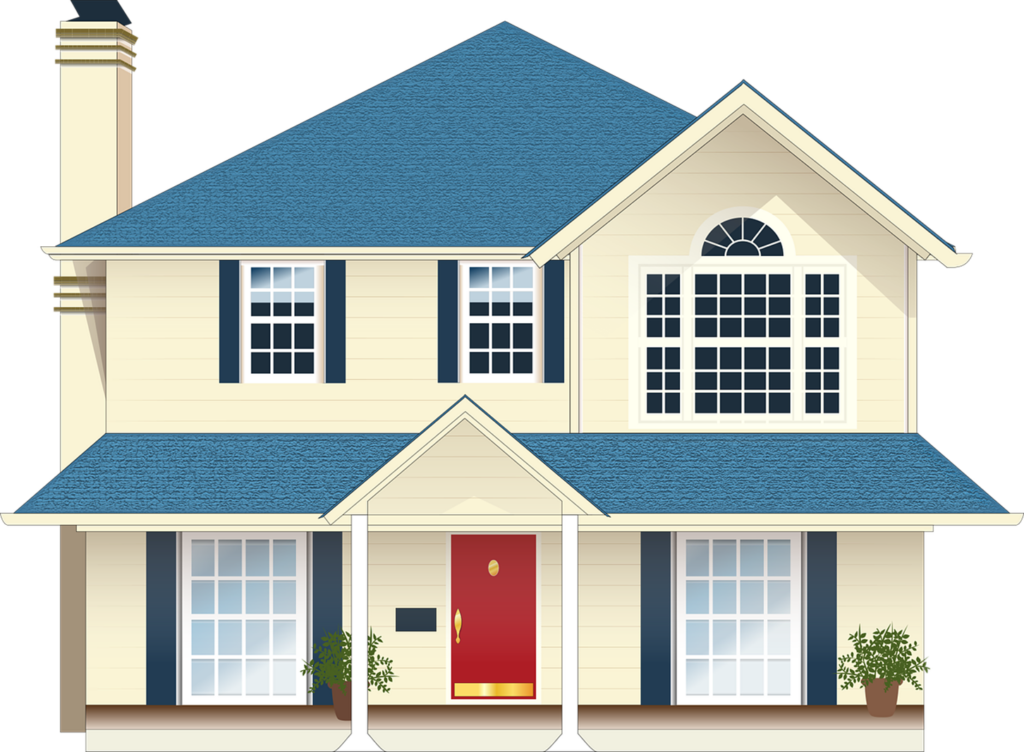Everyone wants their home to be a place where they feel safe and relaxed. When you have a disability, or have family members who do, this is of utmost importance. Here’s a few tips on how you can create and maintain a safe home.

Inspections and Reminders
Ask your local police or fire department for a home inspection. They will be able to advise you on additional safety tips.
Plan emergency routes. In the event of an emergency, such as a fire, you will want to have an escape plan in place. If possible, try to have more than one way of getting out of your home.
Keep a fire extinguisher accessible. And be sure to let friends and family members who might spend time at your home know where you keep it and how to use it!
Test fire alarms. Set a weekly or monthly date to test your fire alarms. And be sure to change the batteries regularly. You can do it on a day you won’t forget – like when you reset your clocks for daylight savings time.
Set a reminder to make sure you’ve turned off kitchen appliances. You might want to keep a note on the counter or keep an item out – like salt and pepper shakers – to remind you to check that the oven and stove have been turned off.
Safety and Accessibility
Do not let strangers in your home. If someone shows up unannounced, it’s a good idea not to open the door. Consider installing wide angle peep holes at your eye level.
Do not advertise that you have a disability. Consider painting outdoor ramps so they blend in to surroundings better. And if you park your car in the driveway, a removable handicapped placard is a good idea.
Consider electronic doors that open, close, and lock automatically. It might be an investment, but many feel it’s worth it.
Keep electrical cords and computer cables away from high-traffic areas. They are a major trip hazard and can also cause problems if they are hanging over a table or counter. Keep them tidy.
Before making home renovations, ask a physical or occupational therapist for a home visit. They may have additional tips for improving the accessibility in your home.
Be sure to share these tips with others to help them make sure their homes are safe and sound.

